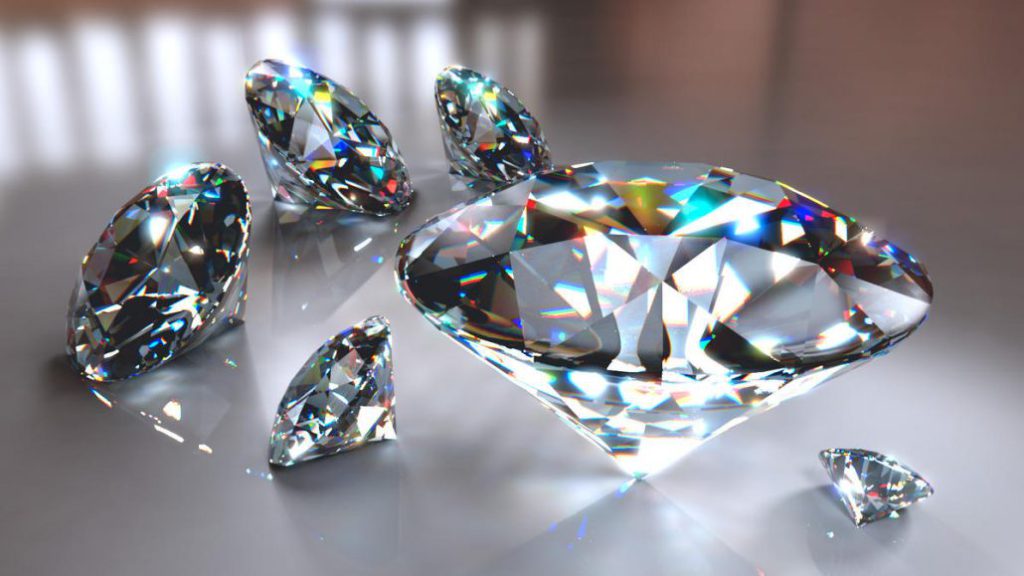
Introduction
Welcome to the world of lab-grown diamonds! If you’re considering investing in these stunning gems, you might be wondering how to choose between the different grading systems available. Two of the most prominent players in the field are IGI (International Gemological Institute) and GIA (Gemological Institute of America). Let’s dive deep into understanding what sets them apart and how they handle lab-grown diamonds.
Understanding IGI and GIA
What is IGI?
The International Gemological Institute, or IGI, is a well-established gemological laboratory that provides grading and certification for diamonds. Founded in 1975, IGI has grown to become one of the most respected names in the industry, known for its expertise in evaluating not just natural but also igi vs gia lab grown.
What is GIA?
The Gemological Institute of America (GIA) is another heavyweight in the gemology world. Established in 1931, GIA is renowned for its rigorous standards and comprehensive grading systems for natural diamonds. In recent years, GIA has also started to grade lab-grown diamonds, maintaining its high standards.
Comparison of IGI and GIA
Certification Process
When it comes to certification, both IGI and GIA have detailed processes. IGI tends to be known for a slightly more straightforward grading process, while GIA is often considered the gold standard for its meticulous attention to detail.
Grading Criteria
IGI and GIA both use the 4 Cs (Cut, Color, Clarity, Carat Weight) to grade diamonds, but their criteria and the way they apply these standards can differ. GIA is often seen as having more stringent grading standards compared to IGI.
IGI Certification
History and Background
Founded in Antwerp, Belgium, IGI was created with the goal of providing impartial and accurate gem grading. Over the years, it has built a solid reputation, particularly in the lab-grown diamond sector, thanks to its detailed and accessible grading reports.
Key Features
IGI’s certification includes detailed information on the diamond’s characteristics, including a comprehensive report that outlines every aspect of the gem. This makes it easier for buyers to understand exactly what they are purchasing.
Pros and Cons
Pros: Detailed reports, good international presence, accessible to a wide range of buyers.
Cons: Some critics argue that IGI’s standards might be slightly more lenient compared to GIA’s.
GIA Certification
History and Background
GIA, with its long-standing history, is known for setting the benchmark in diamond grading. Its grading system is considered one of the most rigorous and respected in the industry, making it a trusted choice for high-value transactions.
Key Features
GIA offers a comprehensive grading report that is highly detailed. This includes not only the 4 Cs but also additional features like fluorescence and a plot of the diamond’s inclusions.
Pros and Cons
Pros: Extremely rigorous grading, high industry trust, detailed reports.
Cons: Can be more expensive, reports might be more complex for average consumers to understand.
Lab Grown Diamonds
What Are Lab Grown Diamonds?
Lab-grown diamonds are created using advanced technological processes that mimic the natural conditions under which diamonds form. These diamonds are chemically, physically, and optically identical to natural diamonds but are often more affordable.
How They Differ from Natural Diamonds
The key difference lies in their origin. Lab grown diamonds are created in a controlled environment, whereas natural diamonds form over millions of years under the Earth’s crust.
IGI vs GIA Lab Grown Diamonds
How IGI and GIA Grade Lab Grown Diamonds
Both IGI and GIA apply their grading systems to lab-grown diamonds, but they have slightly different approaches. IGI may use a more streamlined process, while GIA’s grading is known for its strict adherence to detailed standards.
Differences in Standards
The main difference between IGI and GIA in grading lab-grown diamonds lies in their thresholds for color and clarity. GIA’s standards are often seen as more stringent, which might affect the final grade of a lab-grown diamond.
Customer Considerations
For customers, the choice between IGI and GIA may come down to personal preference and budget. Some buyers might prioritize GIA’s rigorous standards, while others might find IGI’s detailed yet more accessible reports preferable.
Consumer Guide
How to Choose Between IGI and GIA
When deciding between IGI and GIA, consider factors like the intended use of the diamond, your budget, and your personal preference for detailed grading reports. Both institutions offer reliable certification, but their differences might sway your decision.
Factors to Consider
Certification Detail: How much detail do you want in the grading report?
Cost: Compare the costs associated with diamonds graded by IGI and GIA.
Reputation: Consider the reputation of each grading body in the market.
Recommendations
For those who value industry-leading standards and detailed reports, GIA might be the better choice. If you’re looking for a more accessible option with good credibility, IGI is a solid alternative.
Industry Trends
Current Trends in Lab Grown Diamonds
The lab-grown diamond industry is booming, with advancements in technology making these diamonds more affordable and accessible. Trends include increased consumer acceptance and a growing range of options.
Future Outlook
Looking ahead, the lab-grown diamond market is expected to continue growing, with further technological advancements and increasing consumer demand.
Conclusion
In summary, both IGI and GIA offer valuable certification for lab-grown diamonds, each with its own strengths and weaknesses. Your choice between IGI and GIA will depend on your specific needs, budget, and preference for grading detail. Whether you opt for IGI’s accessible reports or GIA’s rigorous standards, both offer reliable and trustworthy certification for these modern marvels of gemology. Happy diamond hunting!
